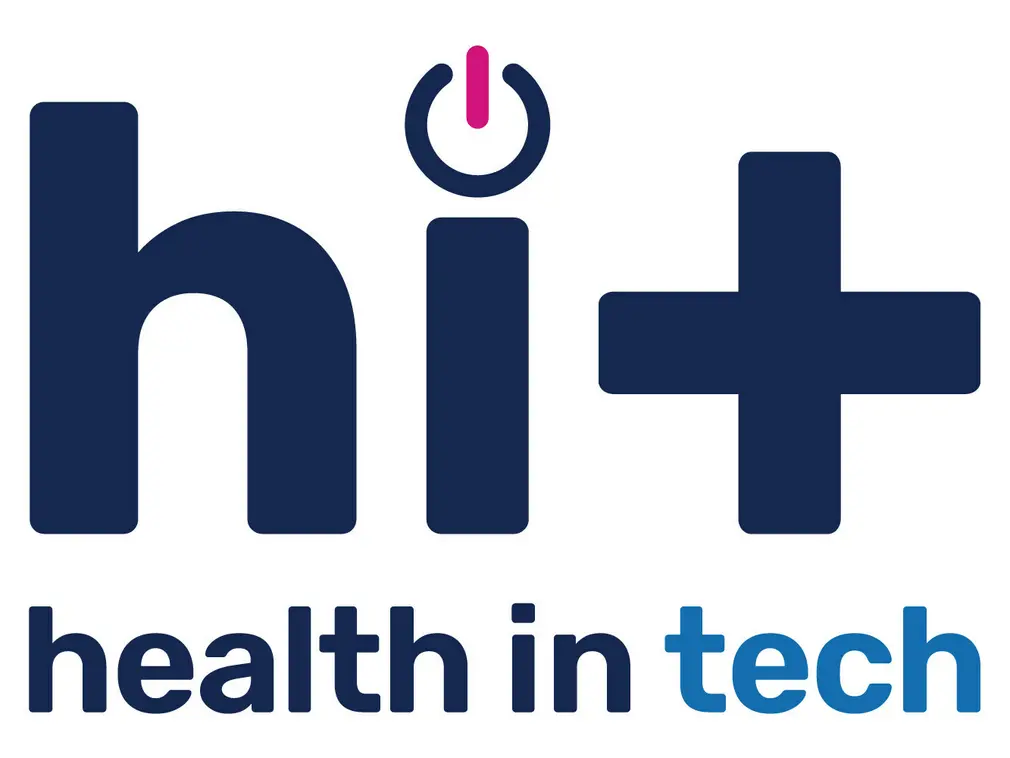Michael Saylor: Bitcoin Adoption Hindered By Institutional Under-Allocation

In recent months, the cryptocurrency world has witnessed significant discussions about the future of Bitcoin and its growing dominance in the global financial market. Amidst this discourse, one name that frequently comes to mind is Michael Saylor, the visionary behind Blockwise and a vocal advocate for Bitcoin’s adoption. However, despite his optimistic outlook on Bitcoin’s potential, there appears to be an insurmountable barrier standing in the way of its wider acceptance: institutional under-allocation.
Why Is Bitcoin Adoption Stalling?
Institutional Under-Allocation: A Major Hindrance
The rise of Bitcoin has been one of the most talked-about topics in the cryptocurrency space. With its decentralized nature and security, it’s no wonder why institutions are drawn to this digital asset. However, as noted by Michael Saylor in an interview with Benzinga, institutional under-allocation remains a significant challenge.
What exactly does institutional under-allocation mean? Simply put, it refers to the fact that a large portion of Bitcoin’s market capitalization still resides among retail investors and smaller entities. This reluctance on the part of larger institutions to adopt Bitcoin can be attributed to various factors, including higher costs, regulatory uncertainties, or even a lack of confidence in its long-term viability.
Bitcoin’s Dominance Despite Institutions
Despite Institutional Hesitations
Despite the challenges posed by institutional under-allocation, Bitcoin continues to dominate the cryptocurrency landscape. According to data from CoinMarketCap, Bitcoin holds a market cap of over $4 trillion as of 2023, making it the most valuable cryptocurrency in the world.
But this dominance is not solely due to institutional investors. Many large financial institutions and corporations are beginning to recognize the potential of Bitcoin, with some even considering their first Bitcoin ETFs or decentralized finance (DeFi) platforms.
What Can Be Done About Institutional Under-Allocation?
MSTR Insights: Why Institutions Are Hesitant
While the Bitcoin ecosystem is growing rapidly, some experts argue that its decentralized nature poses certain risks. According to a recent analysis by the MSTR (Mastering Bitcoin Research Team), one of the reasons behind institutional under-allocation is the perceived complexity and security risks associated with Bitcoin.
Additionally, institutions are often risk-averse when it comes to new technologies. Bitcoin’s decentralized nature, limited adoption from traditional financial systems, and its speculative potential may have contributed to their hesitation in fully committing to it.
The Broader Picture: Crypto Investment Trends
How Institutions Are Reacting
Despite the challenges, there are signs that institutions are beginning to realize Bitcoin’s potential. For instance, several major financial institutions have started exploring ways to integrate Bitcoin into their operations, including through DeFi platforms and stablecoin-backed ETFs.
However, not all institutional players are on board. Some argue that traditional investment vehicles like mutual funds remain more appealing due to their stability and established track records compared to the still-emerging cryptocurrency space.
Why Institutional Adoption Matters
The push for institutional Bitcoin adoption is not just a theoretical discussion; it has real-world implications. Greater institutional acceptance could help level the playing field in the crypto space, attract more investment, and drive innovation in both traditional finance and digital assets.
As Michael Saylor emphasizes, Bitcoin’s potential lies in its ability to revolutionize global financial systems. For this vision to come true, it is crucial that institutions play a decisive role by actively adopting Bitcoin as part of their investment strategies.







